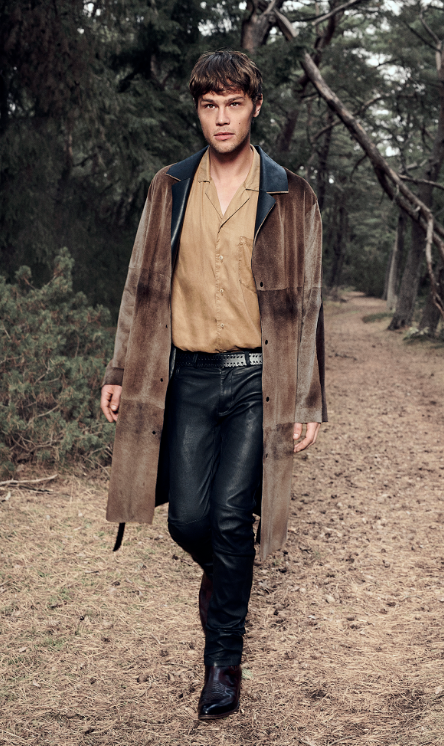Natural fur – A biodegradable resource
One of fur’s greatest attributes is the fact that it is a renewable resource. Unlike biodegradable fur, plastic-based textiles are non-renewable, and end up in landfills or in oceans and waterways.
Fur Europe sponsored the independent testing of different types of fur to assess their biodegradation qualities. The testing was carried out by Organic Waste Systems (OWS), an independent laboratory that conforms to ISO 17025, and is recognised by global certification bureaus that have focus on biodegradability and compostability.
Focusing on dyed and undyed mink fur, dyed and undyed fox fur, and fake fur, the testing took place over a 30-day period, and under conditions like those at a landfill.
Returning to nature
The report confirms that natural fur biodegrades in landfill conditions, whereas fake fur does not. Just like other natural materials, the dyed and undyed mink and fox fur started to biodegrade immediately, with the undyed fur taking a slightly longer time. Biodegradation of the fake fur never started. When it came to the disintegration test, the natural fur samples fell apart with the skin disappearing and hair remaining. The fake fur discoloured but did not disintegrate at all.
This means that natural fur will never clog landfills or break down into micro plastics, but will return to nature without harming the environment.

